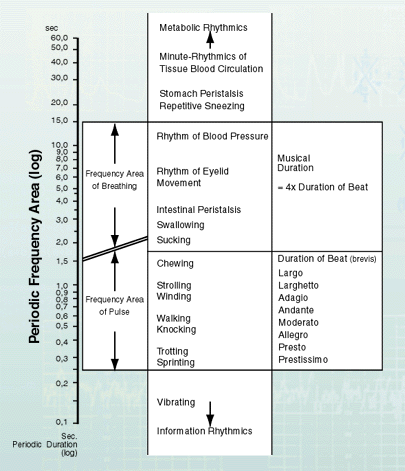|
|
|
|
|
|

| NATUR MEDIZIN AKTUELL DIE UNIVERSALE STIMME DER AKADEMISCHEN WISSENSCHAFT IN DER NATUR MEDIZIN |

| MEDICAL RESONANCE THERAPY MUSIC® Medical Music Preparations on CD |
| Listening Program: Disorders of the Hormone & Immune System 
|
|
If you like to look at the complete program, |